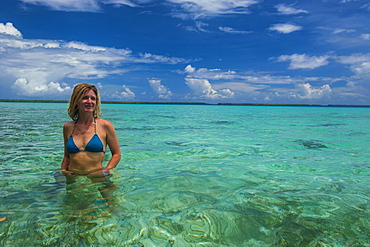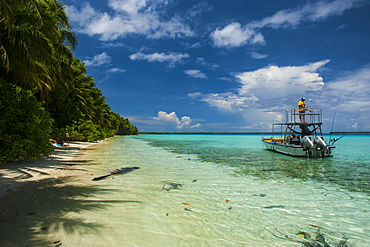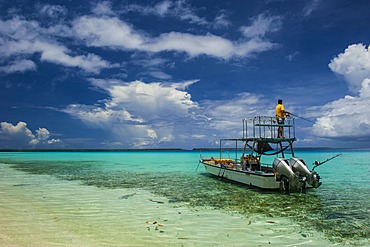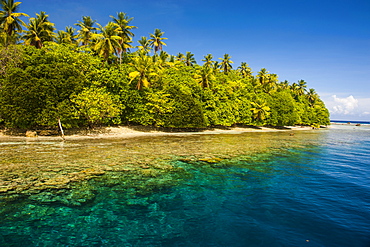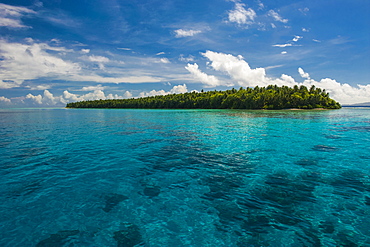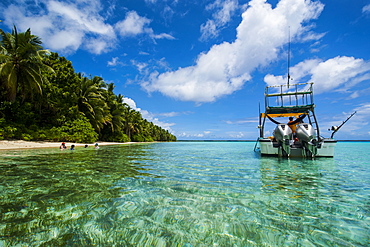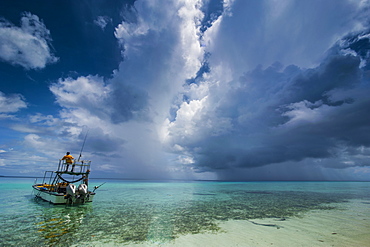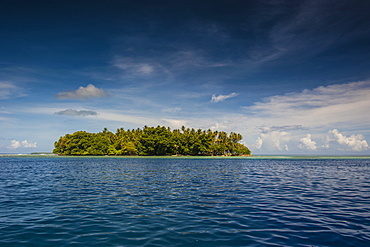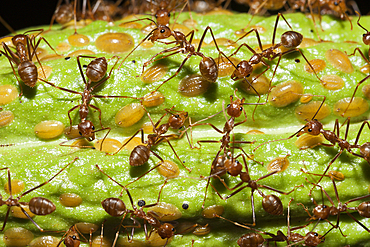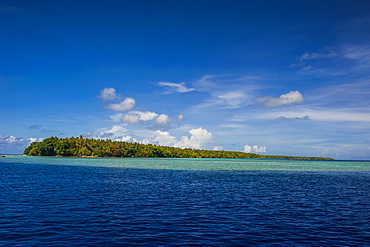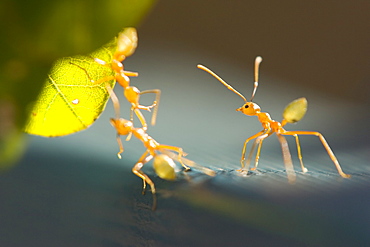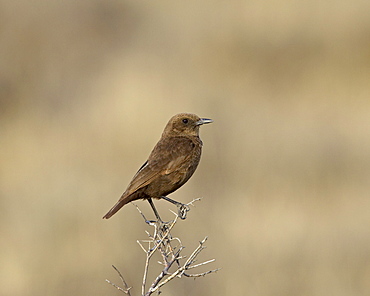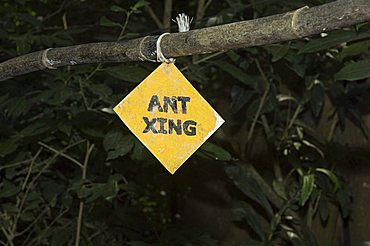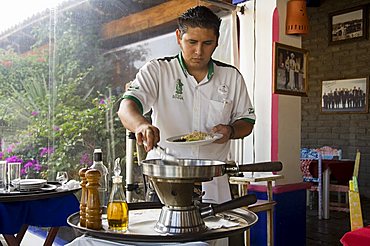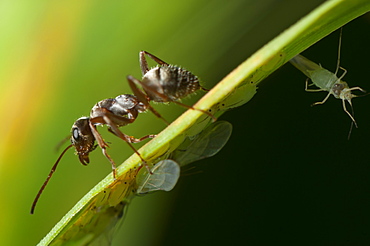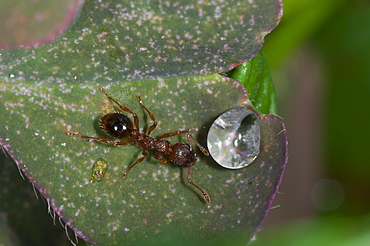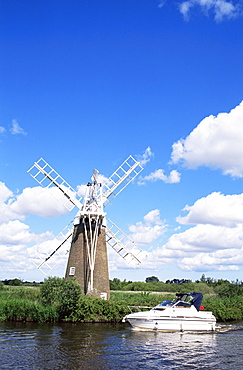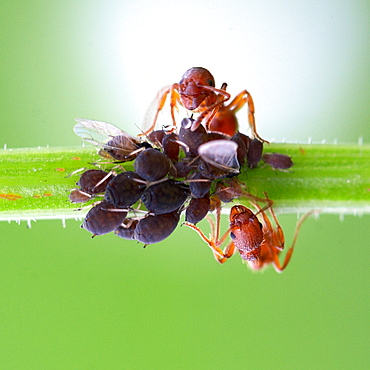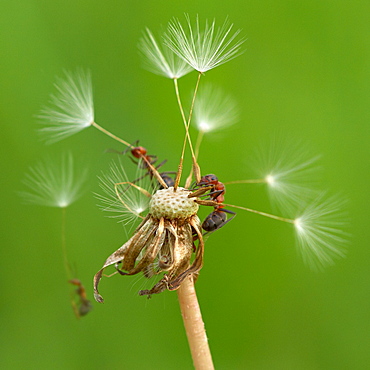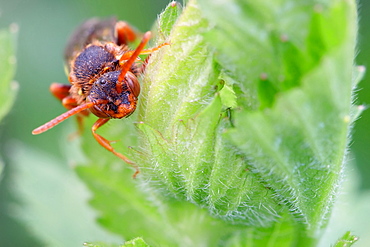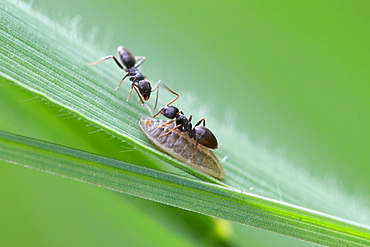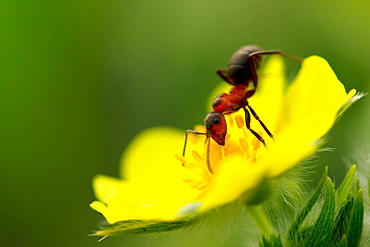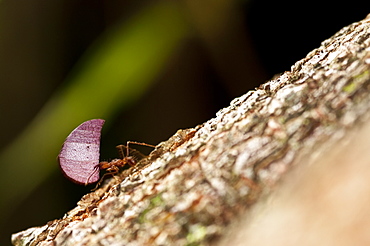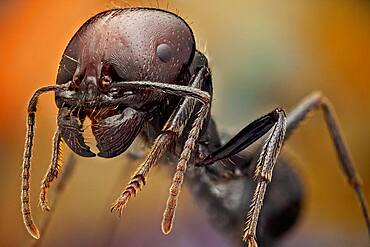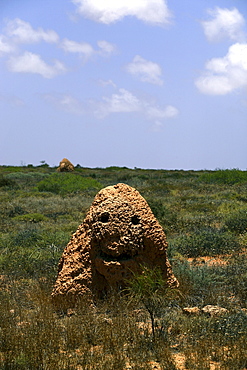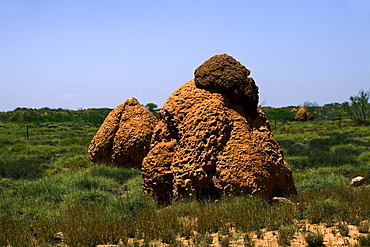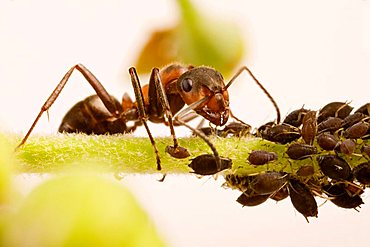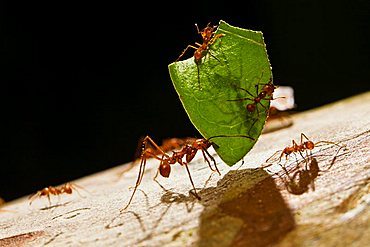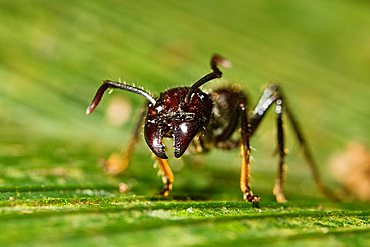Results
60 results found
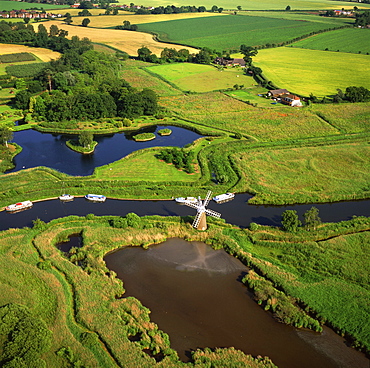
Aerial view of the River Ant, Norfolk Broads, near How Hill, Norfolk, England, United Kingdom, Europe
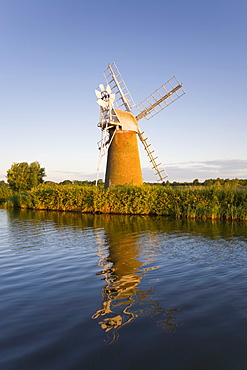
Turf Fen windmill reflected in the River Ant at sunrise, Norfolk Broads, How Hill, near Ludham, Norfolk, England, United Kingdom, Europe

Beautiful calm conditions on the River Ant in the Norfolk Broads at Turf Fen, Norfolk, England, United Kingdom, Europe

Beautiful calm conditions on the River Ant in the Norfolk Broads at Turf Fen, Norfolk, England, United Kingdom, Europe
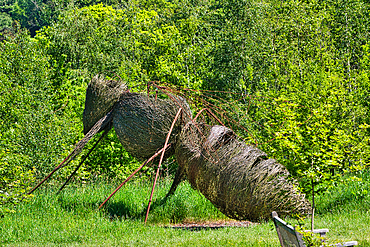
A large, woven sculpture of an insect, possibly an ant, made from natural materials and displayed in a lush, green outdoor setting.
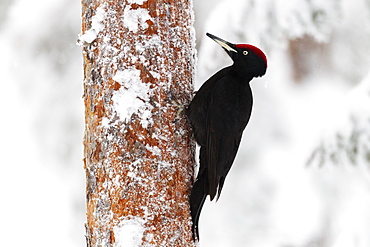
Black woodpecker (Dryocopus martius), on a snow covered coniferous tree trunk searching for ants and grubs, Taiga Forest, Finland, Scandinavia, Europe
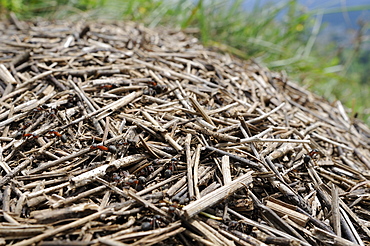
Black-backed meadow ants (Formica pratensis) on nest mound of old grass stems in montane pastureland, Julian Alps, Slovenia, Europe
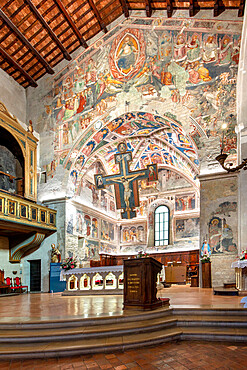
Ottaviano Nelli, Stories of Saint Augustine and Last Judgment, Church of Ant'Agostino, Gubbio, Province of Perugia, Umbria, Italy, Europe
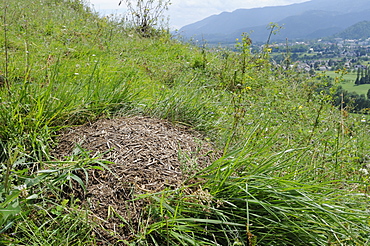
Black-backed meadow ant (Formica pratensis) nest mound of old grass stems in montane pastureland near Bled, Slovenia, Europe
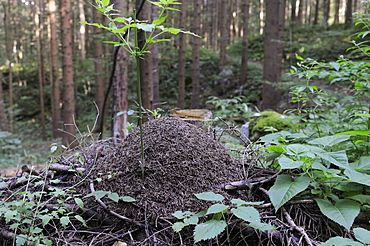
Wood ant (Formica sp.) nest in coniferous forest, Rakov Skocjan valley, near Cerknica, Slovenia, Europe

Ottaviano Nelli, Stories of Saint Augustine, Church of Ant'Agostino, Gubbio, Province of Perugia, Umbria, Italy, Europe
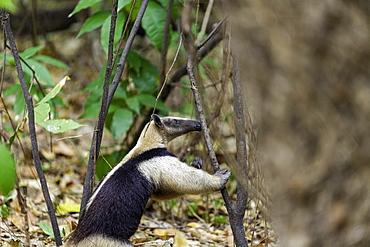
A Northern Tamandua (Ant-Eater) feeding in the forests of the Soberania National Park, Panama, Central America
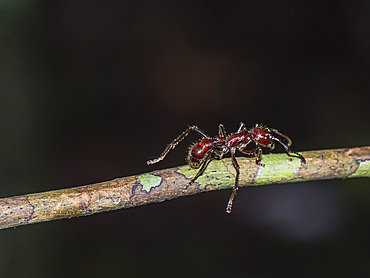
Adult bullet ant, Paraponera clavata, on a tree during the day within the Pacaya Samiria Preserve, Peru.
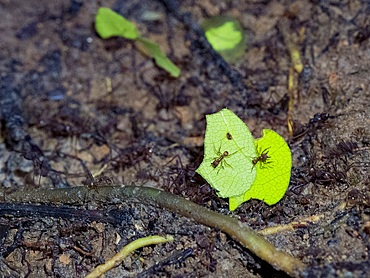
Adult hairy-headed leaf-cutter ants, Atta cephalotes, carrying leaves within the Pacaya Samiria Preserve, Peru.

Adult bullet ant, Paraponera clavata, on a tree during the day within the Pacaya Samiria Preserve, Peru.
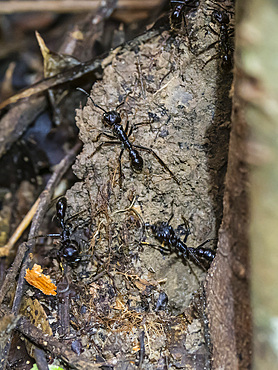
Adult bullet ants, Paraponera clavata, on a tree during the day within the Pacaya Samiria Preserve, Peru.
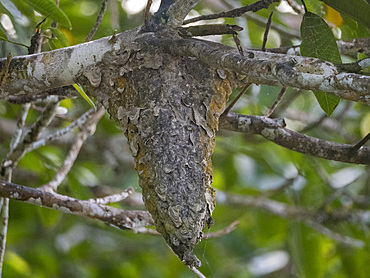
A cecropia ant nest, Genus Azteca, on a tree during the day within the Pacaya Samiria Preserve, Peru.

Adult bullet ant, Paraponera clavata, on a tree during the day within the Pacaya Samiria Preserve, Peru.
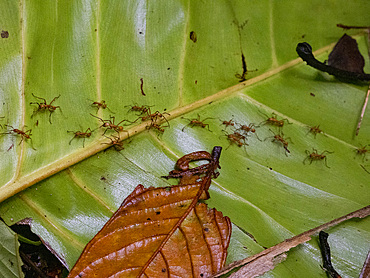
Adult Eciton army ants, Eciton hamatum, marching on a leaf during the day within the Pacaya Samiria Preserve, Peru.

A cecropia ant nest, Genus Azteca, on a tree during the day within the Pacaya Samiria Preserve, Peru.
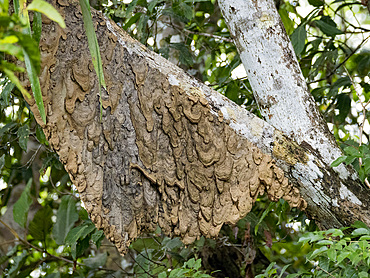
A cecropia ant nest, Genus Azteca, on a tree during the day within the Pacaya Samiria Preserve, Peru.
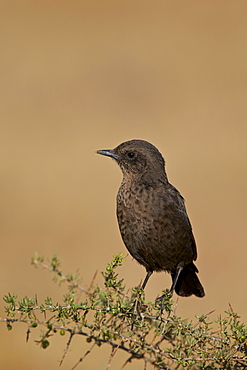
Southern ant-eating chat (Myrmecocichla formicivora), Mountain Zebra National Park, South Africa, Africa

Southern ant-eating chat (Myrmecocichla formicivora), Mountain Zebra National Park, South Africa, Africa
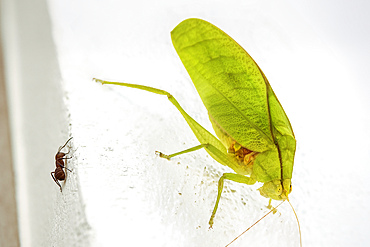
Round-headed katydid (bush cricket) (Amblycorypha), earhole in forelegs, superb leaf mimic with leg scraping song, Guanacaste, Costa Rica

A Northern Tamandua (Ant-Eater) feeding in the forests of the Soberania National Park, Panama, Central America
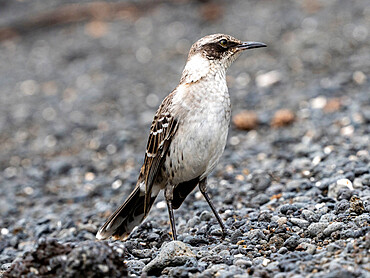
An adult Galapagos mockingbird (Mimus parvulus), with an ant in Urbina Bay, Isabela Island, Galapagos, Ecuador, South America
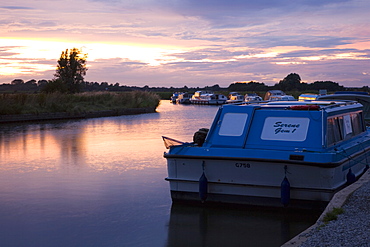
Pleasure boats moored on the River Ant, sunset, Norfolk Broads, Ludham, Norfolk, England, United Kingdom, Europe
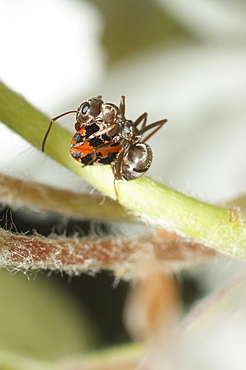
Buffalo carpet beetle (Anthrenus scrophulariae) and ant (Formicidae) North West Bulgaria, EuropeOrder Coleoptera;Family Dermestidae;Order Hymenoptera
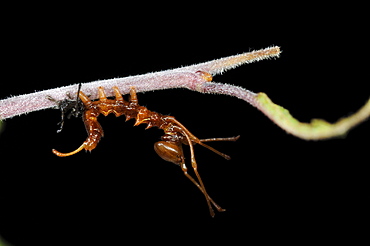
Lobster moth (stauropus fagi) second instar larva, just emerged from old larval skin, ant mimic, oxfordshire, uk
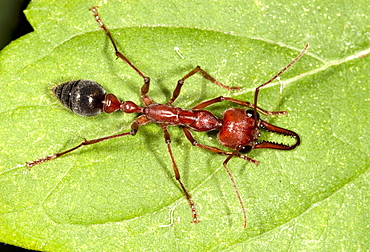
Brown bulldog ant (Myrmecia brevinoda; Myrmecia pyriformis) dorsal view on leaf, Hopkins Creek, New South Wales, Australia, Pacific

Brown bulldog ant (Myrmecia brevinoda; Myrmecia pyriformis) in defensive posture on leaf, Hopkins Creek, New South Wales, Australia, Pacific
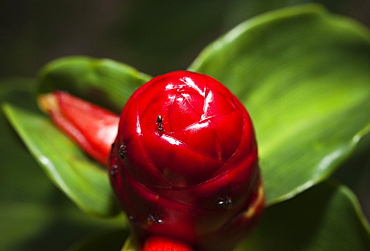
Macro shot, flower bud and ants, Khao Sok National Park. Surat Thani, Thailand, South-East Asia, Asia
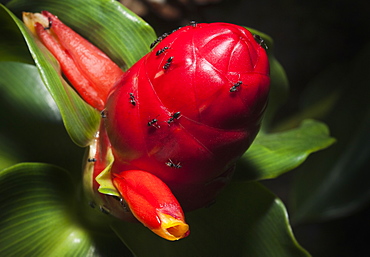
Macro shot, flower bud and ants, Khao Sok National Park. Surat Thani, Thailand, South-East Asia, Asia
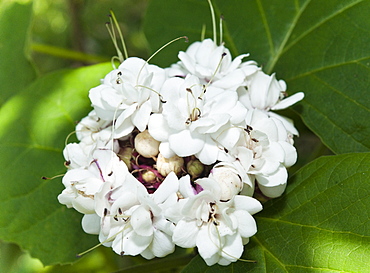
Macro shot, flower bud and ants, Khao Sok National Park. Surat Thani, Thailand, South-East Asia, Asia
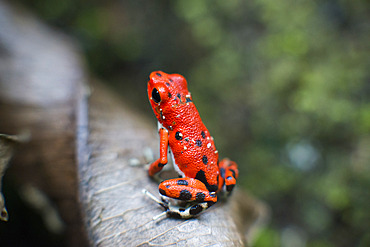
Strawberry Poison Frog (Dendrobates pumilio), adult, Bastimentos National Park, Bocas del Toro, Panama. The strawberry poison frog or strawberry poison-dart frog (Oophaga pumilio or Dendrobates pumilio) is a species of small amphibian poison dart frog found in Central America. It is common throughout its range, which extends from eastern central Nicaragua through Costa Rica and northwestern Panama. The species is often found in humid lowlands and premontane forest, but large populations are also found in disturbed areas such as plantations. The strawberry poison frog is perhaps most famous for its widespread variation in coloration, comprising approximately 15���30 color morphs, most of which are presumed to be true-breeding. O. pumilio, while not the most poisonous of the dendrobatids, is the most toxic member of its genus. The species is most diverse in Panama with varieties in vivid shades of all red, orange, blue, yellow or green, green and yellow, white with red, orange or black and spotted varieties. The most colorful mix is found in Isla Bastimentos Marine National Park though not all in one place. Colors vary by location. A beach on the north side of the island is named after the species. Two of Southern Explorations' Panama tours visit red frog habitat. Both the eight-day Panama Adventure trip and eleven-day Panama Highlights trip spend time in Isla Bastimentos Marine National Park and the former also goes to Red Frog Beach.
The red frog is not as poisonous as some of its cousins and is not a threat to humans. It subsists on a diet of ants that dine on poisonous plants, providing the red frog its protective skin toxin. Males attract females with a loud quick chirp. To hear the distinctive sound before you depart on your Panama tours, go to the University of Michigan Museum's biodiversity website (www.animaldiversity.ummz.umich.edu.) After birth, the tadpoles climb aboard the mother who deposits them in different protected areas where she retu

Bees are flying insects closely related to wasps and ants, known for their role in pollination and, in the case of the best-known bee species, the European honey bee, for producing honey and beeswax.

Aboard the Capt. Khlebnikov icebreaker steering through sea ice off the coast of Franklin Island, Antarctica
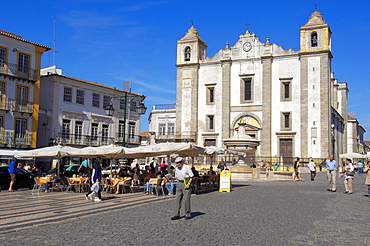
Church of Santo Antao in Praca do Giraldo, evora, UNESCO World Heritage Site, Alentejo, Portugal, Europe




